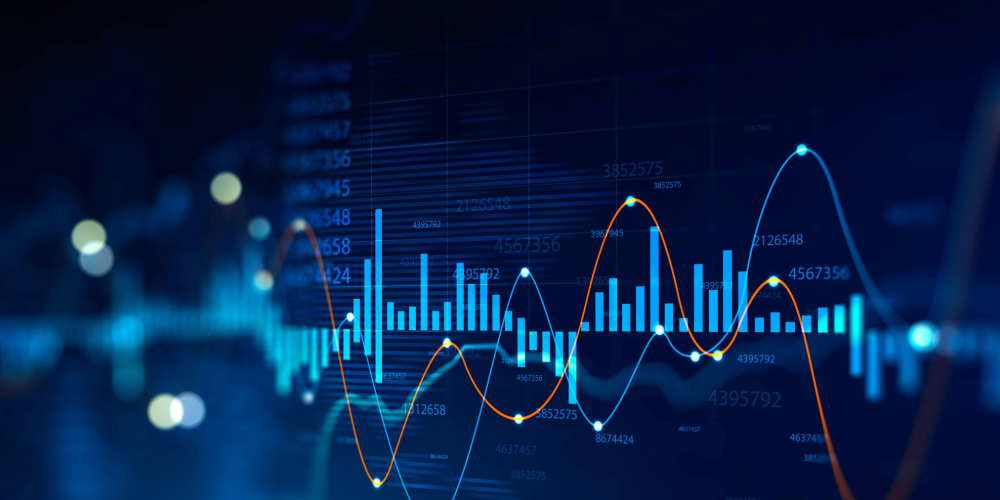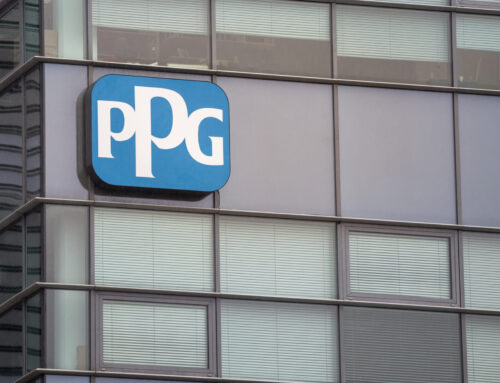The impact of new tariffs and other governmental policies on the U.S. economy are still unpredictable halfway through 2025, according to National Retail Federation (NRF) chief economist Jack Kleinhenz.
“This year began with high expectations for the strength of the U.S. economy,” Kleinhenz says. “Since then, anxiety and confusion have taken center stage in the economy and financial markets as uncertainty over public policy has intensified. It was difficult to judge how policy changes would impact the economy in early 2025 and it remains so now.”
NRF’s Monthly Economic Review noted the high expectations for the U.S. economy based on strong 2.8% year-over-year growth in gross domestic product in 2024 led by consumer spending. GDP fell at an annual rate of 0.5% in the first quarter of 2025, mainly due to a surge in imports driven by tariff announcements.
The Personal Consumption Expenditures Price Index noted increased inflation to 2.3% in May from 2.1% in April. Unadjusted for inflation, personal income and consumer spending were both up 4.5% in May with core retail sales up 3.9% year over year in the first five months of 2025.
The labor market added 147,000 jobs in June, performing better than expected. Job openings reached 7.8 million in June, but 7 million people still remained unemployed.
The One Big Beautiful Bill Act spending measure recently signed into law could have a significant effect on the country’s economic outlook, depending on how businesses and consumers react, while the bill reduces fiscal policy uncertainty, according to Kleinhenz.







